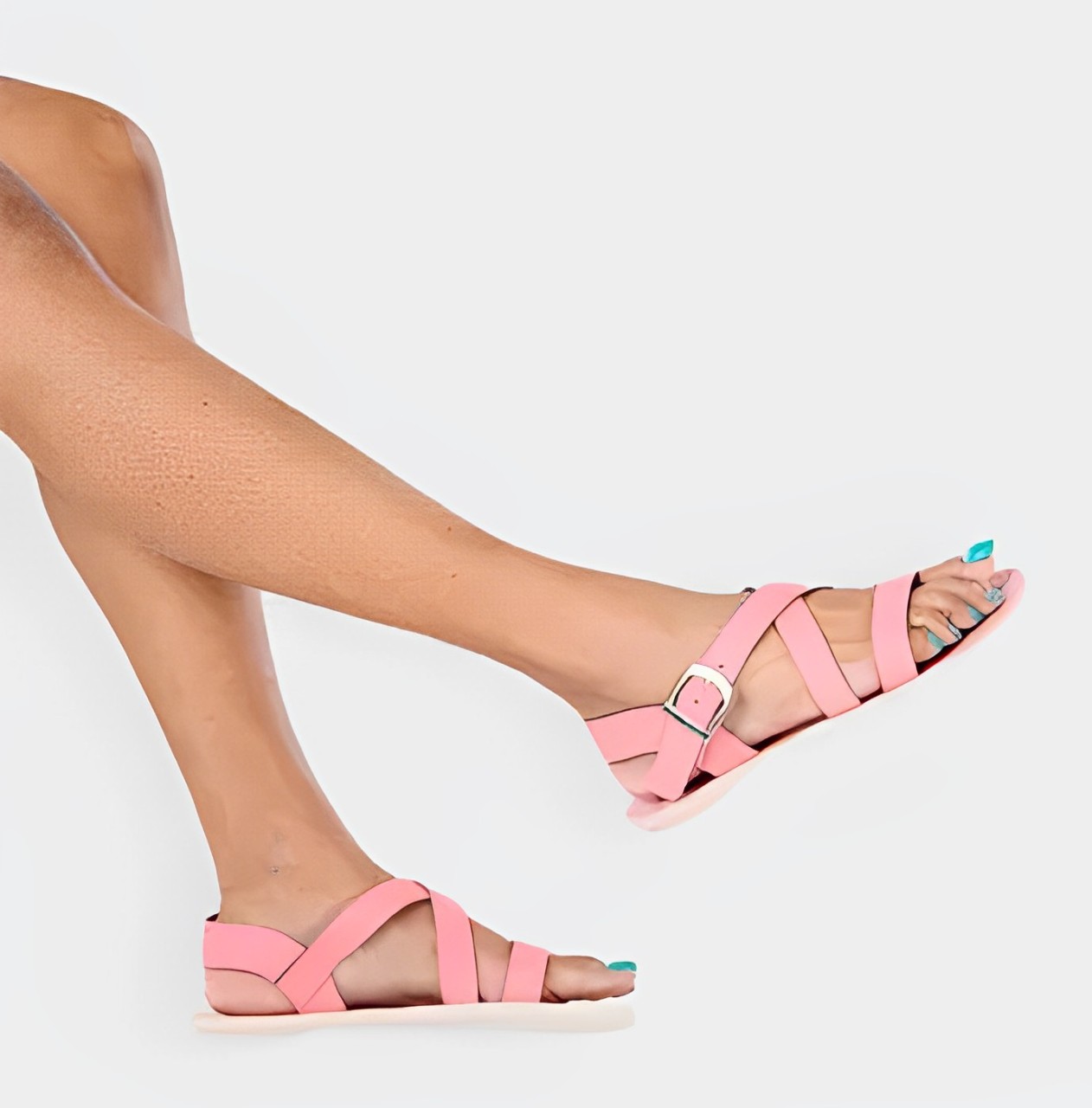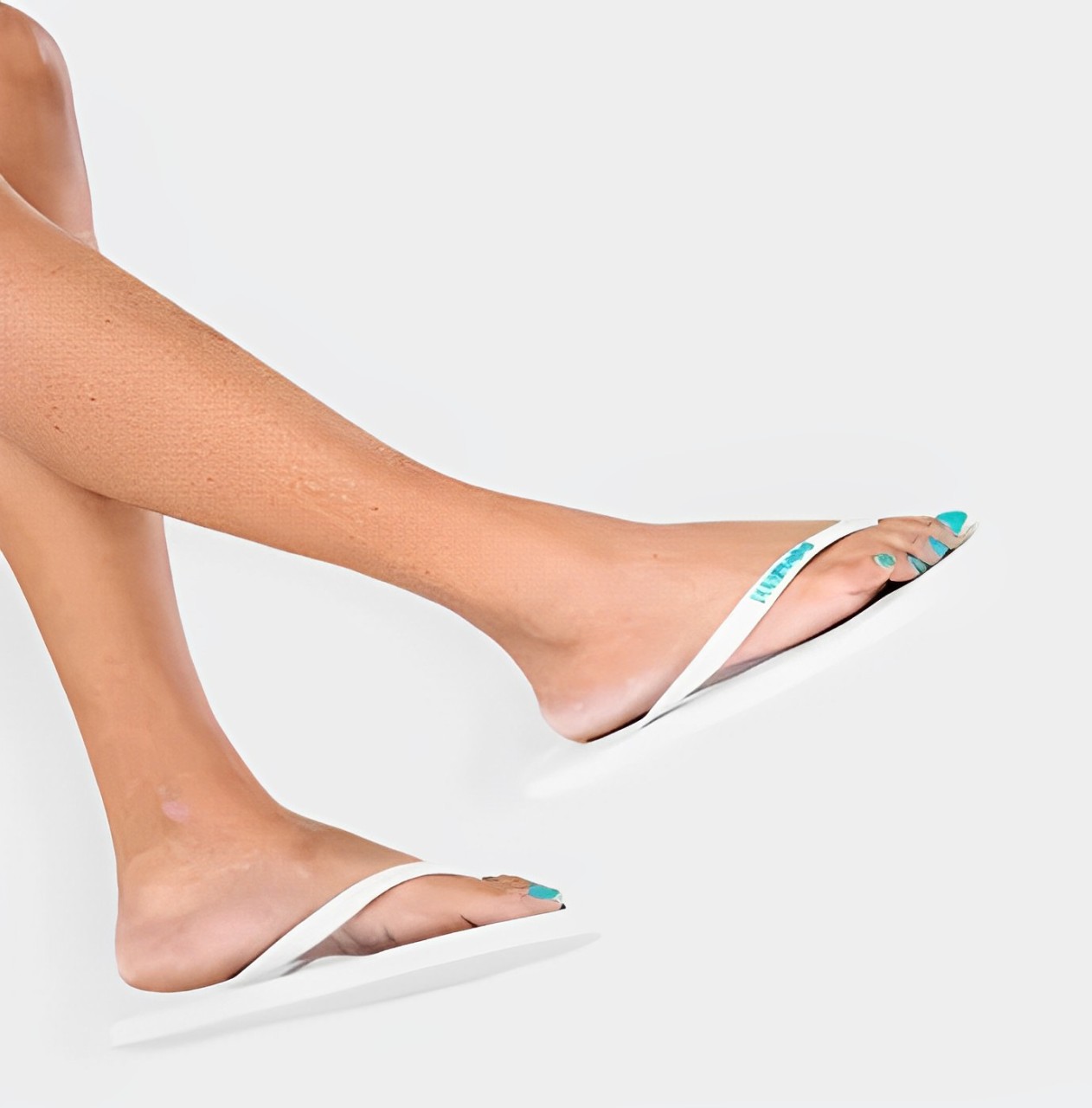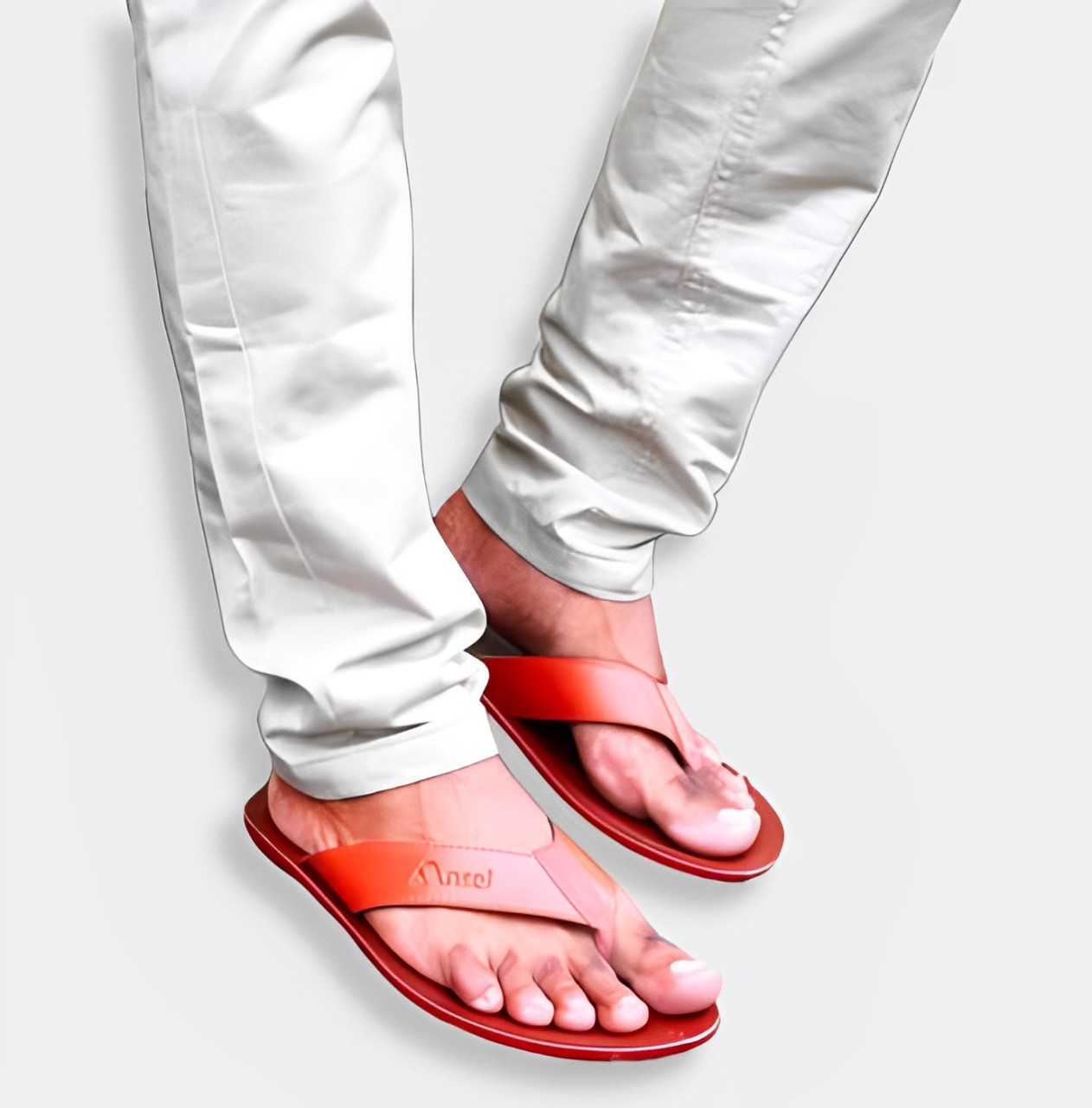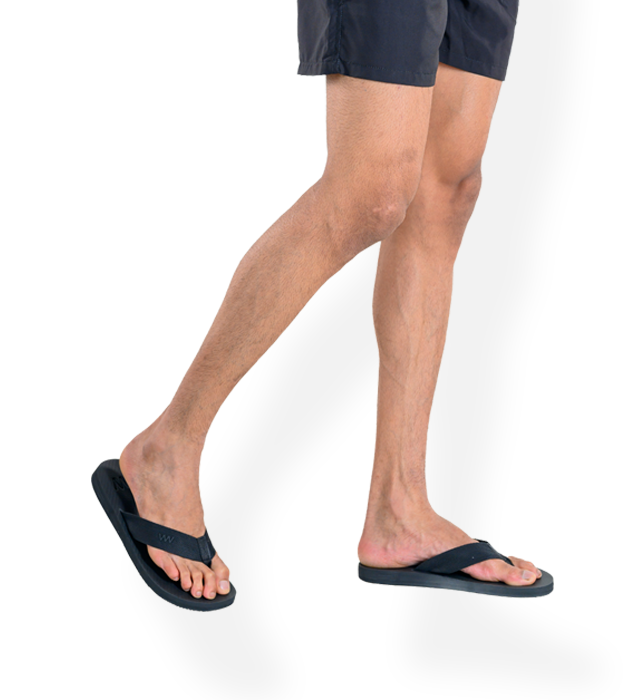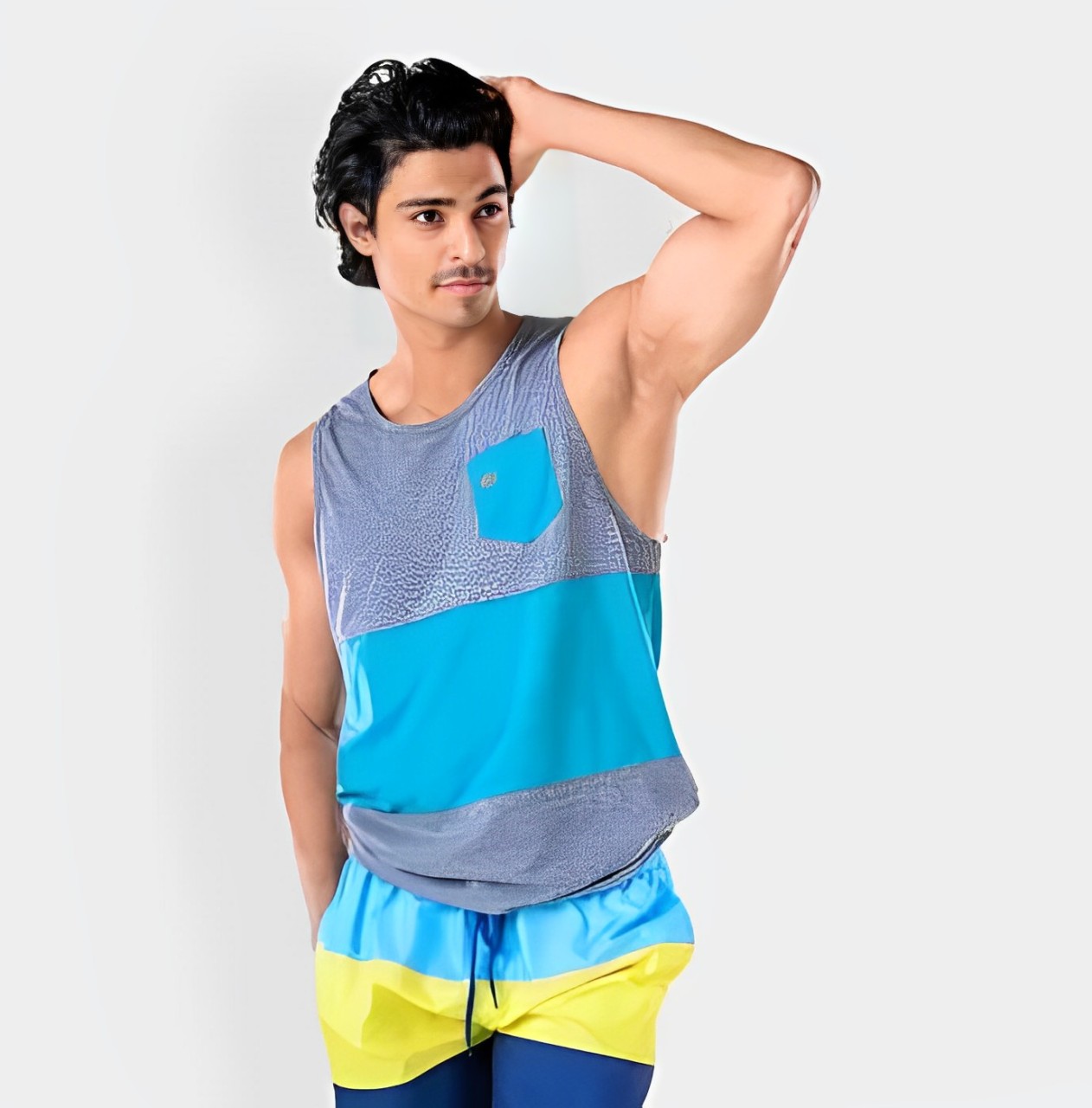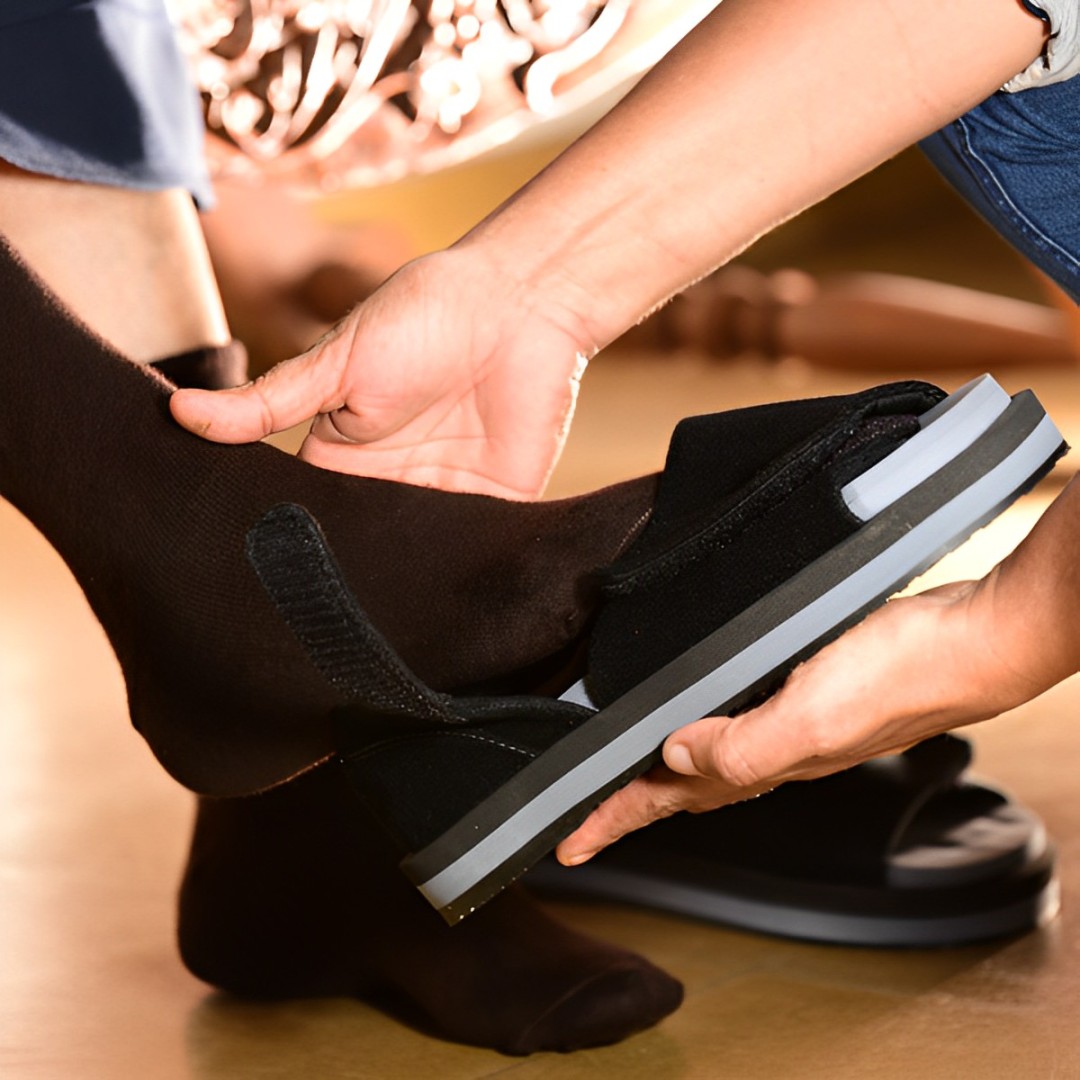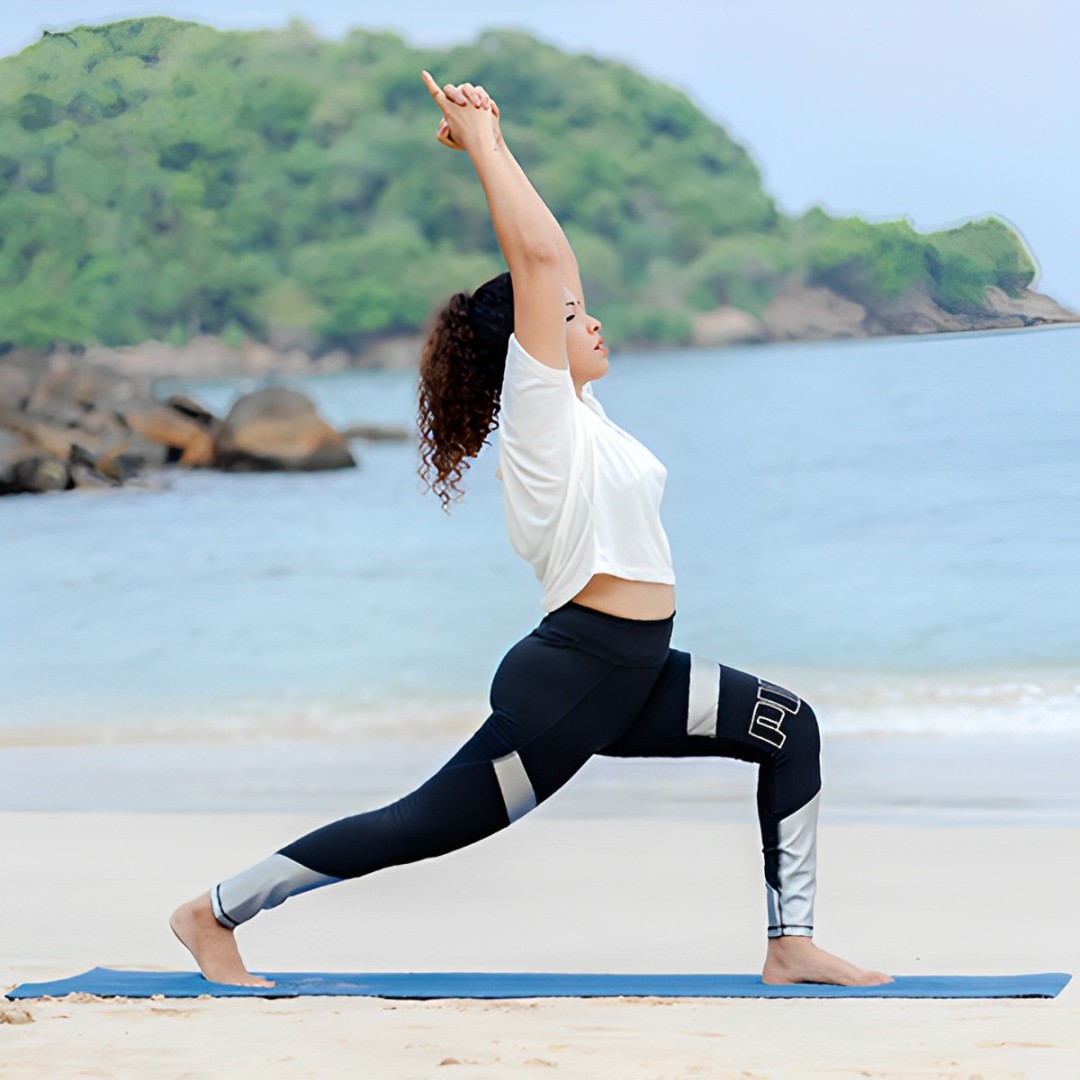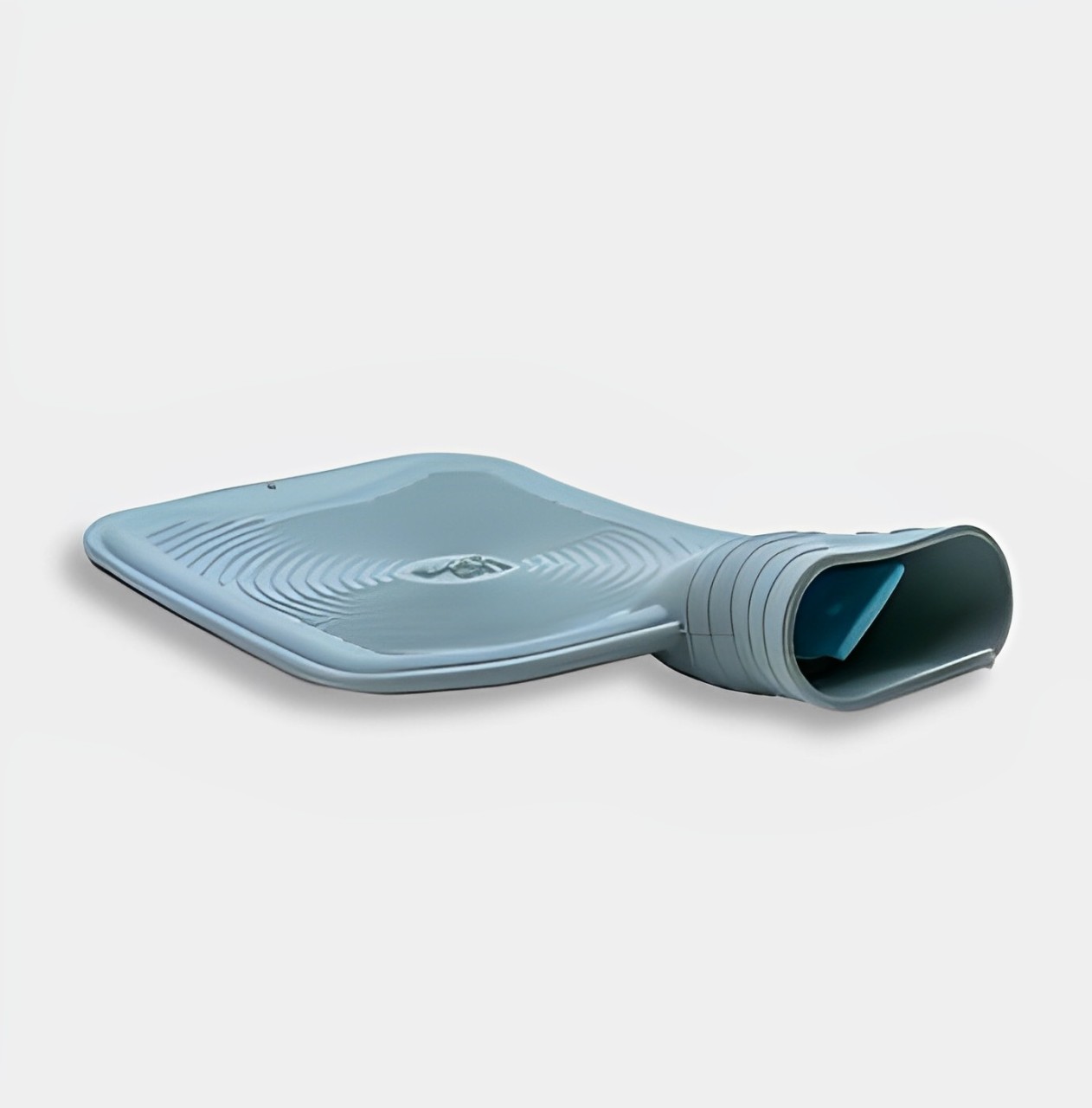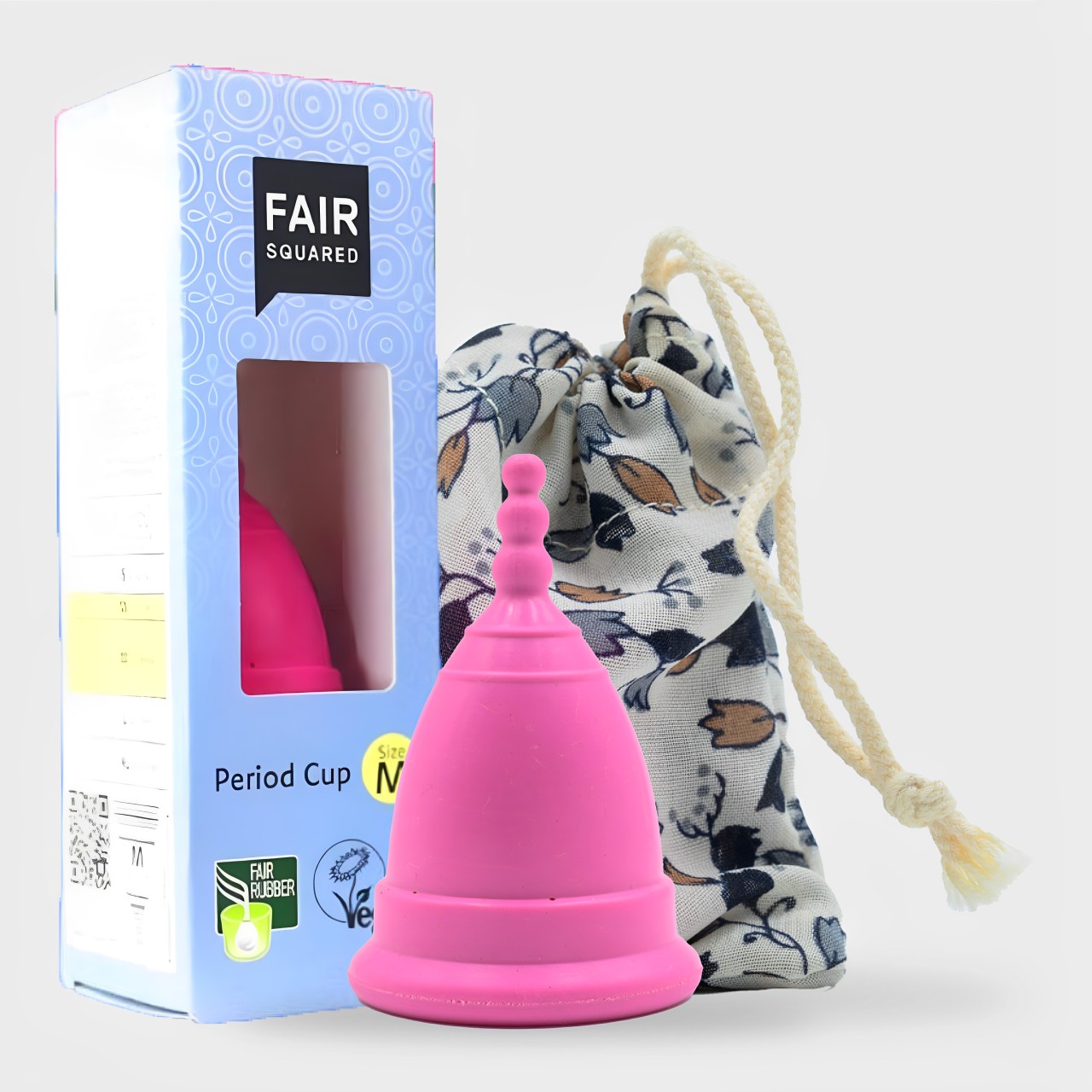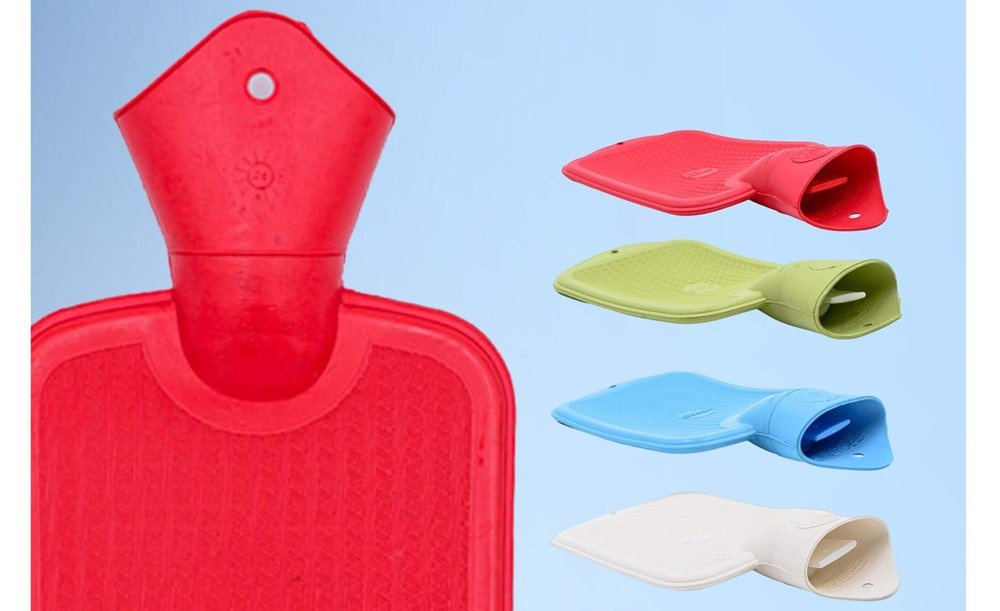Let us discuss Hot Water Bag vs Cold Water Bag: Key Differences, Benefits & Which to Use.
Pain, swelling, muscle aches, and injuries are part of everyday life, and simple home remedies often bring effective relief without relying solely on medication. Among the most popular and affordable options for pain management are hot water bags and cold water bags.
Both have been widely used for centuries in some form. Whether in traditional households or modern healthcare, each serves a distinct purpose. Though hot and cold water bags look similar in design, their effects, benefits, and ideal usage times are very different.
Understanding the differences between the two, knowing when to use each, and following safety precautions can help you get maximum benefits while avoiding any risks. This article explores in detail what hot and cold water bags are, their uses, key differences, and the correct situations to use them.
What is a Hot Water Bag?
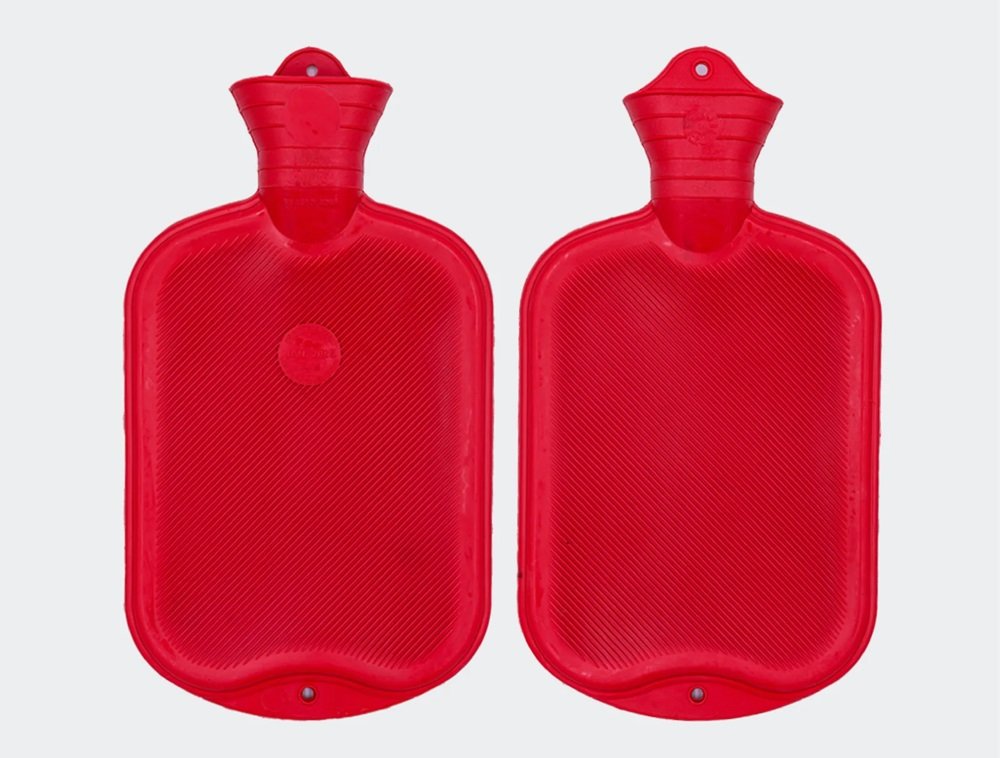
A hot water bag is a specially designed container, usually made of rubber or thermoplastic, that holds hot water to provide moist or dry heat therapy to specific areas of the body. It typically comes with a leak-proof cap and a textured surface to ensure comfort and safety during use.
Uses of Hot Water Bags:
- Muscle Relaxation – Applying heat helps loosen tight muscles and relieve stiffness, making it useful for back pain, neck pain, or sore legs.
- Menstrual Cramp Relief – Heat therapy increases blood circulation in the abdominal area, reducing period pain and muscle contractions.
- Joint Pain & Arthritis – Warmth helps improve flexibility in stiff joints and alleviates chronic arthritis pain.
- Stress Relief & Comfort – Holding a warm bag can provide a soothing effect, ideal for relaxation on cold days.
- Cold Weather Warmth – Many people use hot water bags to warm up beds in winter or during camping trips, especially in cold areas.
Mechanism: Heat from the bag dilates blood vessels, increasing blood flow, which promotes healing and reduces pain signals to the brain. Hot water bags deliver heat therapy, which helps increase blood flow, soothe muscle stiffness, and relax the body.
What is a Cold Water Bag?
A cold water bag is a container, often made of leak-proof plastic or rubber, that holds cold water or ice to provide cold therapy (also called cryotherapy). The cold temperature constricts blood vessels, reducing swelling, inflammation, and pain.
Uses of Cold Water Bags:
- Swelling & Inflammation Reduction – Commonly used after injuries like sprains, strains, or bruises.
- Fever Management – Placing a cold bag on the forehead or body can help lower body temperature during a fever.
- Headache & Migraine Relief – Cooling the head or neck helps numb nerve endings and reduce headache intensity.
- Sports Injuries – Essential in first aid for athletes to manage acute injuries and prevent excessive swelling.
- Post-Surgical Recovery – Doctors often recommend cold therapy after certain surgeries to manage inflammation.
Mechanism: The cold reduces blood flow to the affected area, slows nerve activity, and numbs pain sensations, making it ideal for fresh injuries. Cold water bags provide cold therapy, which reduces swelling and inflammation and numbs pain in acute injuries.
Key Differences Between Hot & Cold Water Bags
| Feature | Hot Water Bag | Cold Water Bag |
| Purpose | Provides heat therapy to relax muscles, increase blood flow | Provides cold therapy to reduce swelling and numb pain |
| Best For | Chronic pain, stiffness, menstrual cramps | Acute injuries, swelling, inflammation, fever |
| Temperature Range | Warm to hot water (not boiling) | Cold water or ice |
| Effect on Blood Vessels | Dilates (widens) blood vessels | Constricts (narrows) blood vessels |
| Relief Type | Relaxes, soothes, promotes healing over time | Numbs pain, reduces swelling quickly |
| Application Duration | 15–20 minutes per session | 10–15 minutes per session |
| When to Avoid | Fresh injuries, swelling, open wounds | Poor circulation, cold hypersensitivity |
| Material | Rubber, thermoplastic | Rubber, plastic, fabric-covered ice packs |
When to Use a Hot Water Bag

It is necessary to understand when you should use a hot water bag.
If you have stiffness, spasms, or a dull, lingering ache and there is no obvious fresh swelling, then use a hot water bag. Morning tightness that eases with movement is a classic sign. Office workers who sit for long hours often describe a locked feeling in the lower back and hips; a fifteen-minute heat session, followed by easy mobility like pelvic tilts, hip hinges, and gentle spinal rotations, can make that first movement more comfortable and reduce protective guarding.
If your neck feels ropey by afternoon, resting a warm bag across the upper back while you reset your posture can settle the sensation quickly.
Menstrual cramping is another scenario in which heat excels. A warm bag across the lower abdomen or lower back can reduce cramp intensity and the dragging pelvic ache many people describe. Combine the warmth with hydration, light activity such as a short walk, and simple stretches like child’s pose or knees-to-chest.
For osteoarthritis in hands and knees, use heat as a primer: warm the area, perform gentle range-of-motion drills and light isometrics, then carry on with chores or exercise while comfort remains elevated.
Heat is also appropriate after the acute phase of an injury has settled. Suppose you sprained your ankle on Monday. Early in the week, cold limits swelling and tames pain. By Thursday or Friday, if swelling has tapered and the area is more stiff than hot, adding brief heat before rehab exercises can enhance flexibility and confidence.
The same logic applies to a pulled hamstring or a tweaked low back once you are past the first days. Always keep the temperature in the pleasantly warm range, use a cover, and monitor your skin for excessive redness.
Here is the rule of thumb for you: choose heat for problems that feel tight and improve as you move; avoid heat for problems that are puffy, red, or clearly new. If you have neuropathy or impaired sensation, get individualized guidance because heat burns can occur without warning when feedback is dulled.
If your work involves repetitive fine motor tasks—typing, crafting, or instrument practice—short heat sessions for the hands can make joints feel nimble before you begin.
For belly discomfort from gas or indigestion, a warm bag placed gently over the abdomen while you sip water may ease cramping alongside dietary adjustments.
If you ever wake with a stiff mid-back from side sleeping, benefit from a warm bag between the shoulder blades for ten minutes followed by thoracic rotations and deep breathing. Over a few weeks, pairing warmth with consistent posture breaks can prevent the stiffness from returning.
Travel days offer another example. Long car rides and flights encourage static postures that tighten hips and lower backs. When you arrive, a brief heat session plus a walk can reset your comfort level quickly.
For expecting parents, always check with a clinician about temperature guidelines, but many find that mild warmth, used safely and away from the belly, calms back tightness in late pregnancy.
When to Use a Cold Water Bag
If you twist a knee stepping off a curb and it quickly puffs, wrap a cold water bag in a thin towel and apply it for ten to fifteen minutes. Cooling compresses local blood vessels and slows fluid leakage, this limits swelling and reduces the throbbing that makes weight-bearing unpleasant.
If you get bruised while bumping a shin or catching an elbow in a game, cooling can limit the size and tenderness of the bruise and make it less sore the next day.
Cold therapy also supports fever care and dental or minor post-procedural swelling. While medication lowers temperature from the inside out, a cold bag placed safely on the forehead or underarms gives immediate soothing.
After wisdom-tooth removal or minor facial procedures, brief, frequent cold applications can help limit puffiness; follow your provider’s schedule. In repetitive-strain flare-ups like wrist tendons irritated by long typing sessions, short cold exposures can calm irritation enough to resume necessary tasks without provoking more swelling.
Skip aggressive cold if a limb already feels numb or circulation is compromised. Always use a barrier between the pack and skin, avoid pressing hard on bony points, and allow full rewarming and normal color to return before repeating. The ideal cycle is short and frequent rather than long and rare.
Use a cold bag with elevation for ankles and wrists to use gravity in your favor. As pain stabilizes and range becomes your limiting factor, taper cold and introduce careful mobility, progressing toward functional strengthening that fits your goals.
A cold bag is also helpful in hot weather when you are overheated or mildly heat-stressed. A cold bag applied at pulse points (the neck, armpits, or groin) can help you cool down while you hydrate and rest in the shade. For nosebleeds, a cold pack on the bridge of the nose and cheeks may support vasoconstriction while you lean forward and pinch the soft part of the nose.
If you have had a hard day with manual labor, using a cold bag can actually help in getting rid of tiredness and also make you ready and keep you sore-free for the next day.
If you experience a flare of gout or an inflammatory arthritis episode with visible redness and heat, gentle, wrapped cooling can make the area more tolerable while you arrange medical care. People who stand all day may notice puffy ankles by evening; elevating the legs and using a cool compress can ease that heavy sensation. Because cold blunts sensation, remember to time your sessions; set a timer so you do not lose track and overdo it while watching a show.
Safety Tips for Using Hot & Cold Water Bags
Hot Water Bag Safety:
- Fill only two-thirds with warm (not boiling) water.
- Check for leaks before use.
- Use a cover or towel to prevent burns.
- Limit use to 15–20 minutes at a time.
- Store in a cool, dry place away from direct sunlight.
Cold Water Bag Safety:
- Wrap the bag in a thin cloth before applying to skin.
- Use for only 10–15 minutes per session.
- Avoid placing on areas with poor blood circulation.
- Do not overfill with ice—leave space for water expansion.
- Clean and dry after each use to prevent mold or bacteria growth.
Even if a hot and a cold water bag provide relief from pain, their usage differs. Hence, it is necessary to understand which one to use. So, this article on Hot Water Bag vs Cold Water Bag: Key Differences, Benefits & Which to Use is to help you gain clarity about this effective item.
There is no doubt that you need to use either of these safely, but there are multiple benefits of using a hot or cold water bag based on your requirements. Sometimes it is so confusing to choose a brand that offers premium quality water bags.
You wonder why you need a premium quality? It is the matter of your skin, which is very delicate. Whether you are about to buy a hot water bag or a cold water bag, it is important to reassure the quality.
Therefore, the most reliable hot water bags come from The Brand Hub. Without compromising on your financial budget, you can get a good-quality hot water bag from them. They are just a click away. Visit the official website to purchase one.
FAQs
If you have a chronic back pain, a hot water bag is better. For sudden injuries or inflammation, use a cold water bag first.
Not recommended—heat works better for relaxing the muscles and reducing menstrual pain.
15–20 minutes per session, with breaks in between.
In case your circulation in spoor, have cold hypersensitivity, or nerve damage in the area, then you should avoid a cold water bag.

Editorial Staff’s at The Brand Hub are experts in Sri Lanka fashion.



